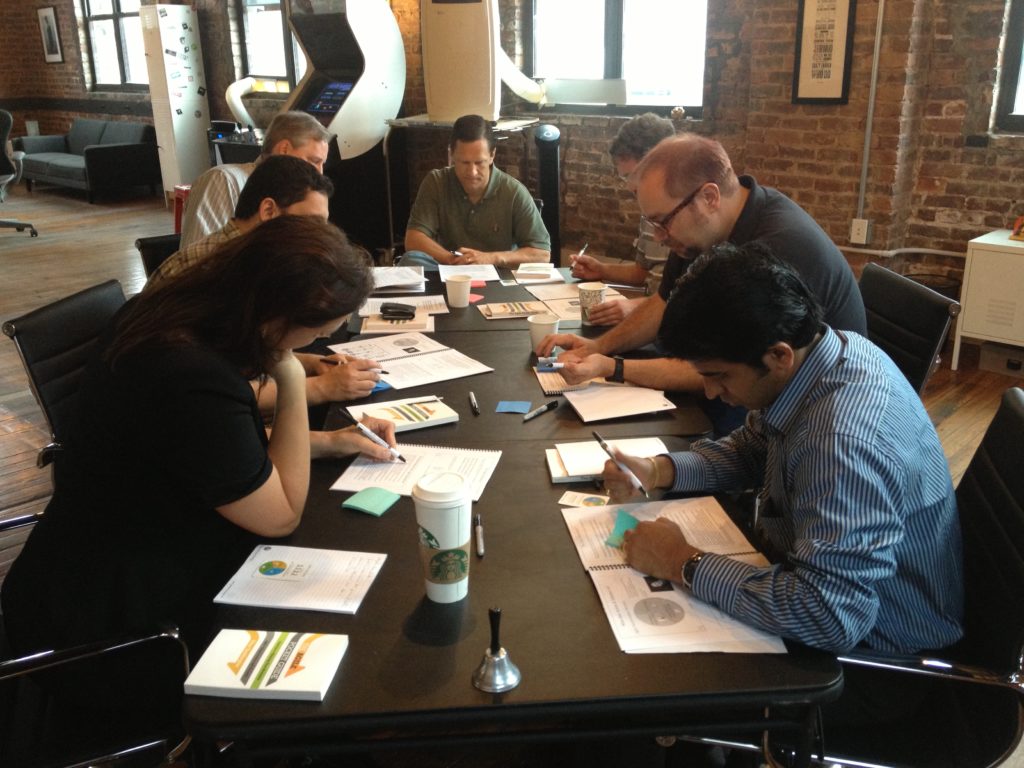Scrum as an agent of culture change
Peter Drucker invented most modern management practices. He was an in-demand coach to hundreds of top leaders in the world’s largest organizations. When he suggested that “culture eats strategy for breakfast” to Dick Clark, he wasn’t actually promoting an either/or mindset. He was pointing out that the amount of time most executives spent working on strategy paled in comparison to the amount of time they spent working on culture.
Drucker was suggesting that they would be better served by bringing the two into balance:
What is Culture?
A quick Amazon search turns up over 10,000 business and management related books with the word “Culture” in the title. I’ve personally heard dozens of trainers, coaches, and consultants extol the virtues of cultural change. And yet, how do you change culture? Culture is the set of unwritten rules and behaviors that are encouraged and followed in an organization or group. It’s not something that is written down. It’s a deeply engrained, unconscious set of behavior patterns. Agile For All coach Jake Calabrese uses the metaphor of river beds, where years of flowing water carves channels in the earth. No one tells the water where to flow, it simply follows the path of least resistance, reinforcing that path and making it harder and harder for the water to take a different one. It’s possible to change the path that the water flows, but it takes conscious focus, time and effort.
In most organizations with a typical hierarchy, the top leaders have a tremendous influence on the culture of the firm in two ways. First, they decide what to reward and punish by way of financial incentives, promotions, hiring, and firing. Second, they model the behavior that others are expected to follow. Leadership behaviors and beliefs are deeply engrained habits – difficult to change even when done mindfully and with coaching. Think of it like asking someone to change their eating and exercise habits – it’s tough to do for the same reasons. Human psychology creates an infinitely complex set of reward- and punishment-based learned habits, most of which are completely unnoticed. So how do we change culture in an organization?
Check out Part 2 of this series to see some examples of how Scrum can be a pattern for creating sustainable, positive cultural change.





Responses